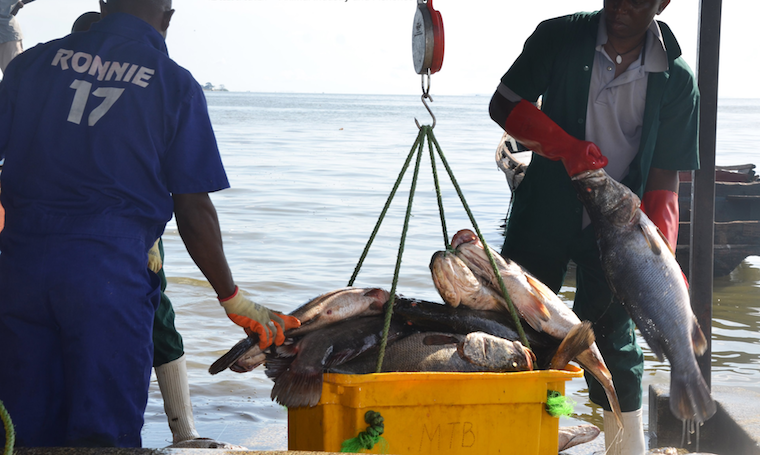Govt rolls out programme to rejuvenate fish breeding
The National Animal Genetic Resources Centre and Data Bank (NAGRC & DB) is mostly renowned for breeding, reproduction and conservation of livestock.
However, since fisheries and aquaculture are one of the ventures where NAGRC is mandated to make a remarkable contribution to the economy, the agency is set to roll out its full potential with the introduction of a fish programme to focus on fish breeding, production and promotion of improved fry/fingerlings, conservation of fisheries resources and technology transfer.
Last year, NAGRC kick-started the roadmap with the establishment of fish-breeding and reproduction ponds on two centre farms of Rubona in Kabarole and Kasolwe in Kamuli.
According to Dr Peter Beine, the NAGRC & DB acting executive director, it is at these centres that there is mass production of improved fingerlings of tilapia and catfish. The two fish breeds are the most valued culture candidates.
“More fish production infrastructure will be established on other centre farms of Lusenke in Kayunga district, Bulago in Bulambuli district and Maruzi in Apac district for further rolling out of the programme,” says Dr Beine.
“This will enable production of fingerlings in all corners of the country and increase farmers’ access to good quality fish seed.”
The programme targets supporting youth, women farmers and other underprivileged groups of people as a first priority by giving them stock in form of fingerlings to be able to improve their livelihoods through increased food, nutrition and income security.
Other categories of farmers, especially smallholder, will also benefit under this programme through similar arrangements and ultimately, improve their productivity and production.
Beine adds that in the long run, this will lead to increased aquaculture production which will compensate for the dwindling production from natural water bodies.
Meanwhile, NAGRC has also started the commercial industrial production of fish feeds at Kasolwe to not only improve efficiencies in fish production but to also increase farmers’ access to good-quality feeds at fair prices.
This will boost fish production through cutting costs on feeds, which contribute 60 per cent to 70 per cent of total costs in fish production in aquaculture.
Facilities and activities on all centre farms will also be used as a hub for training of farmers in the communities and regions around the centre farms as well as learning centres for students from all levels of education.
“This will enhance transfer and adoption of improved fish farming technologies,” says Dr Beine.

